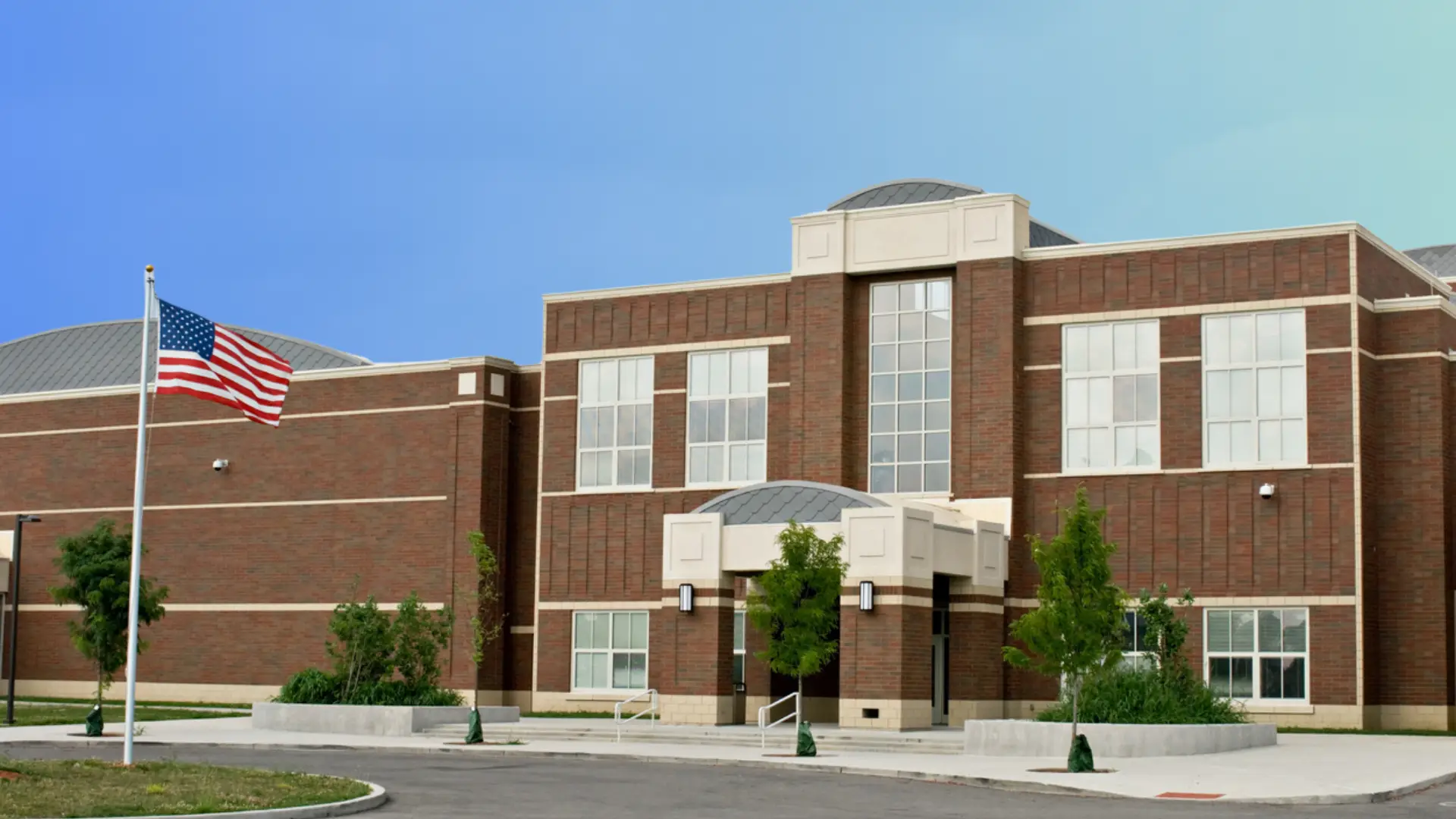Spanish is one of the most historically rich and culturally significant languages in human history. Tracing its origins back to Europe, the language has found its way across all corners of the globe and has evolved into a unique set of variations. Today, it’s estimated that there are over 485 million Spanish speakers, making it the fourth most-spoken language worldwide.
In the United States, Spanish is currently the second most spoken language, and this development can be attributed to the country’s large Hispanic population. As of July 2023, The United States Census reports that the Hispanic population of the United States has grown to over 63.7 million. Accounting for over 19.1% of the country’s total population, Latinos are currently the nation’s largest ethnic minority.
As we celebrate Hispanic heritage month, we should take the time to recognize the growing number of Spanish speakers in the United States. Fortunately, experts in the medical field have been monitoring the rising number of Spanish speaking immigrants since the 1990s and are continuously taking steps to ensure quality treatment for the Hispanic community.
Considering that not all healthcare providers in the United States are fluent in Spanish, this can make it difficult for medical professionals to communicate and administer care. Multiple studies show that there are adverse effects on patient care when language barriers are not addressed, and this greatly highlights the need for quality medical interpretation. In addition to working with qualified medical interpreters, it’s key that medical workers have a better understanding of how many patients speak Spanish.
How Many People Speak Spanish in the United States?
Research estimates that there are over 57 million Spanish speakers in the United States. In the past decade (2010-2020), Latinos have accounted for 52% of the country’s population growth so we can expect the number of Spanish speakers to rise in the coming years. But as mentioned previously, medical professionals are continuously tracking the growth of the Hispanic community and are working with language service providers to provide the same quality of care to patients who have Spanish as their primary language.
How Many Dialects of Spanish are There?
Considering that Spanish is spoken across multiple continents, the language has no definite number of regional variations. Spanish is the primary language of over 20 countries and cultural influences in each region have led to the development of local varieties.
What Are the 10 Most Used Spanish Dialects In The World?
Similar to English and Chinese, Spanish is a global language that has influenced the tongues of different nations. The different regional variations of Spanish each contain unique terms, slang words, and cultural constructions.. The variations also contain different pronunciations. These nuances are important to take into account to ensure both patient and provider fully understand each other and that effective care is provided.
Below are the 10 most used Spanish variations in the world.
1. Castilian Spanish
Castilian or Castellano is the primary dialect spoken in Spain and is widely considered to be the starting point for different Spanish dialects. It originated from the province of Castile and over 92% of the Spanish population speak Castilian either as a first or secondary language. One key feature of the Castilian dialect is that speakers tend to replace “C” and “Z” sounds with “TH” sounds.
2. Andalusian
Andalusian Spanish’s origins can be traced to the Andalusia region in Spain. While Castilian has remained the basis for other types of Spanish, Andalusian Spanish has also served as a basis for regional variants in Latin American. A key feature for Andalusian speakers is that they tend to drop the “D” sound from words and “S” sounds from the end of words.
3. Mexican Spanish
Due to its close proximity to the United States, Mexican Spanish was heavily influenced by English and other indigenous languages within the area. In Castilian Spanish, the “B” sounds are pronounced as “V” but in Mexican Spanish the “B” sounds are retained and emphasized. Moreover, Mexico has the world’s largest Spanish speaking population with over 120 million speakers.
4. Caribbean Spanish
Primarily spoken in the Caribbean islands, Caribbean Spanish was heavily influenced by Africans, other Europeans, and indigenous groups within the region. One defining characteristic of Carribean Spanish is that speakers tend to blend “R” and “L” sounds. Given its close proximity to the region, this type of Spanish is spoken in some areas of Florida.
5. Colombian Spanish
Originating in Colombia, Colombian Spanish is one of the most easily understandable forms of Spanish. In addition to having a relatively neutral accent, unlike Castilian Spanish that replaces “Z” sounds with “TH”, Colombian Spanish pronounces words with “Z” sounds as “S.”
6. Argentine Spanish
Also known as Rioplatense Spanish, Argentine Spanish is arguably the most distinguishable. It’s a subset of Spanish that originated around the Rio de La Plata Basin and is now being spoken throughout different parts of Argentina and Uruguay. One defining characteristic would be how “II” and “Y” sounds are pronounced with a soft “SH” or “ZH” compared to most dialects that retain the “Y” sound.
7. Chilean Spanish
Chilean Spanish is known for its distinct pronunciation and rapid speed. The language was highly influenced by Castillian and Andalusian Spanish but the key feature that sets it apart from other Spanish variants is the omission of the final “S” sound in words and syllables.
8. Peruvian Spanish
Peruvian Spanish is highly influenced by indigenous languages. Speakers are known to have a clear and neutral accent but have unique pronunciations of certain letters and sounds. People use the same “S” sounds for words that have “C”, “S”, and “Z” and pronounce words with an “RR” sounds with a rolling “R”.
9. Venezuelan Spanish
Venezuelan Spanish was heavily influenced by Caribbean Spanish and shares some key similarities to other languages in the region. However, this variant of Spanish is quite unique since speakers tend to use diminutives as a form of emphasis. They frequently make use of “ito” and “ita” words which are not very common in other Spanish dialects.
10. Cuban Spanish
Cuban Spanish can be considered a sub-variant of Caribbean Spanish since it was also influenced by indigenous and African dialects. The key differences between the two is that trailing “S” sounds are suppressed in Cuban Spanish and that the dialect is spoken at a much faster pace.
What are The Most Common Spanish Dialects Spoken In The United States?
Different variations of Spanish are spoken in the United States since the country’s Hispanic population is spread across all 50 states. Generally, the type of Spanish that’s spoken greatly depends on the speaker’s location. For example, Spanish speakers situated in Florida may be more likely to use Cuban Spanish given their close proximity to the Caribbean. On the other hand, Mexican Spanish is more common in Texas or California since it’s near Mexico.
In a nutshell, the primary Spanish dialects that are spoken in the United States would be:
- Mexican Spanish
- Caribbean Spanish
- Central American Spanish
- Castilian Spanish
While not considered a dialect, Spanglish is widely used throughout the United States. Spanglish refers to the practice of incorporating many borrowed terms from English into Spanish and interchanging terms and phrases from both languages when speaking.
The Role and Importance of a Spanish Medical Interpreter
Considering the large Spanish-speaking population of the United States, hospitals and healthcare organizations may regularly care for patients who speak Spanish as their primary language. Given that language barriers can result in added layers of complexity in providing treatment, the demand for quality Spanish medical interpreters has never been greater.
Overcoming Language Barriers Together
In Boostlingo’s case, over 56% of medical calls we’ve received in the first half of 2023 required a Spanish interpreter (across all variations). Interpreting is a practice profession where experience plays a pivotal role for the quality of service provided. To ensure that your patients from the Spanish-speaking community can communicate effectively with you, it’s important to work with Spanish medical interpreters that have training and years of service under their belt. Just as with spoken languages, even American Sign Language has regional accents that interpreters must be aware of.
Considering the high demand for Spanish interpreters, Boostlingo offers quick, reliable access to specialized Spanish medical interpreters (and to interpreters who serve other widely spoken languages in the United States). Interpreters in the Boostlingo network have 3 or more years of experience in medical interpreting, training in medical terminology, and are HIPAA compliant. They are also trained to handle regional variations in Spanish by clarifying unfamiliar terms with the patients and providers and are aware of different accents and use of terms. With an average response time of 13 seconds, our on-demand interpretation platform will connect you to an interpreter in just a few clicks.
Need a reliable interpreter service for your healthcare center? Make sure to look at our supported languages list and book a free demo today!



